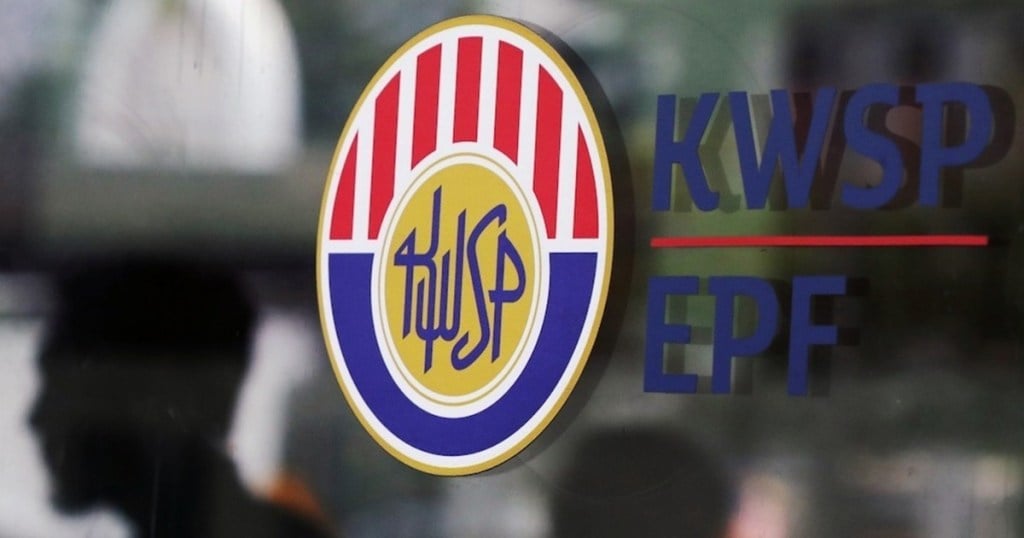Alex Cheong Pui Yin
27th December 2021 - 3 min read

Several economists have forecasted that the Employees Provident Fund (EPF) will pay a higher dividend than Permodalan Nasional Bhd’s (PBN) Amanah Saham Bumiputera (ASB) this year. This came at the heels of PNB’s announcement of a five sen dividend for ASB for 2021, comprising of a 4.25 sen distribution and a 0.75 sen bonus.
According to Putra Business School associate professor Dr Ahmed Razman Abdul Latiff, the EPF should be able to announce a higher dividend pay for 2021 compared to last year as it has a greater asset amount, reaching almost RM1 trillion. Additionally, the provident board should perform marginally better than PNB because of its greater exposure to international equity investment, which usually gives higher annual returns. This is in comparison to the performance of local equity, where the FTSE Bursa Malaysia KLCI registered a growth of -7.8% in 2021.
“EPF’s dividend is normally lower than PNB, with an exception of last year’s dividend. I expect the EPF dividends for 2021 will probably be around 5.2% for Conventional Savings and 4.9% to 5.2% for Shariah Savings, making it consecutive years that its dividends will be higher than PNB’s,” said Dr Ahmed Razman. To note, EPF recorded a dividend of 5.2% and 4.9% for Conventional Savings and Shariah Savings for 2020, respectively. Meanwhile, PNB’s ASB distribution payout for 2020 is logged at 4.25 sen per unit.

Dr Ahmed Razman also shared that the annual contribution for EPF has always been on the higher side, and that it should hit more than RM80 billion in 2021 – with a surplus of about RM25 billion to RM30 billion. While some funds may have been disbursed under several Covid-19 withdrawal facilities – such as i-Lestari, i-Sinar, and i-Citra – there should not be any other significant applications after this, and as such, there is enough surplus every year to ensure that EPF’s dividend will not be hurt, he further said.
According to the EPF, a total of RM20.8 billion had been disbursed via i-Lestari, whereas RM58.8 billion via i-Sinar. Another RM21.5 billion was paid out through i-Citra. In total, the amount withdrawn under all three facilities came up to RM101 billion, as of 3 November 2021.
Meanwhile, the chief economist of Bank Islam, Dr Mohd Afzanizam Abdul Rashid also remarked that the EPF dividend should be fairly decent this year. He attributed this primarily to EPF’s portfolio diversification strategy, which taps into global markets. “This has helped to negate the lacklustre performance in the domestic equities space,” he said.

That said, Dr Afzanizam stressed that the people should not compare EPF and PNB directly because the two funds have very different mandates and objectives. “In totality, it does help when both funds have been able to perform well this year, as it will help to enhance the wealth of the average Malaysians,” he emphasised instead.
The EPF previously shared that it had recorded a total investment income of RM34.05 billion for the first half of 2021 (1H21) – a 25% increase compared to the RM27.26 billion that was earned in the first half of 2020 (1H20). The provident fund’s chief executive officer, Datuk Seri Amir Hamzah Azizan, also noted that EPF enjoyed a resilient 1H21, driven by the progressive recovery of the equity market and most asset classes amid the global rebound. This is boosted by the accelerated rollout of Covid-19 vaccines and reopening of economies, particularly in developed markets.
(Source: The Malaysian Reserve)





Comments (0)